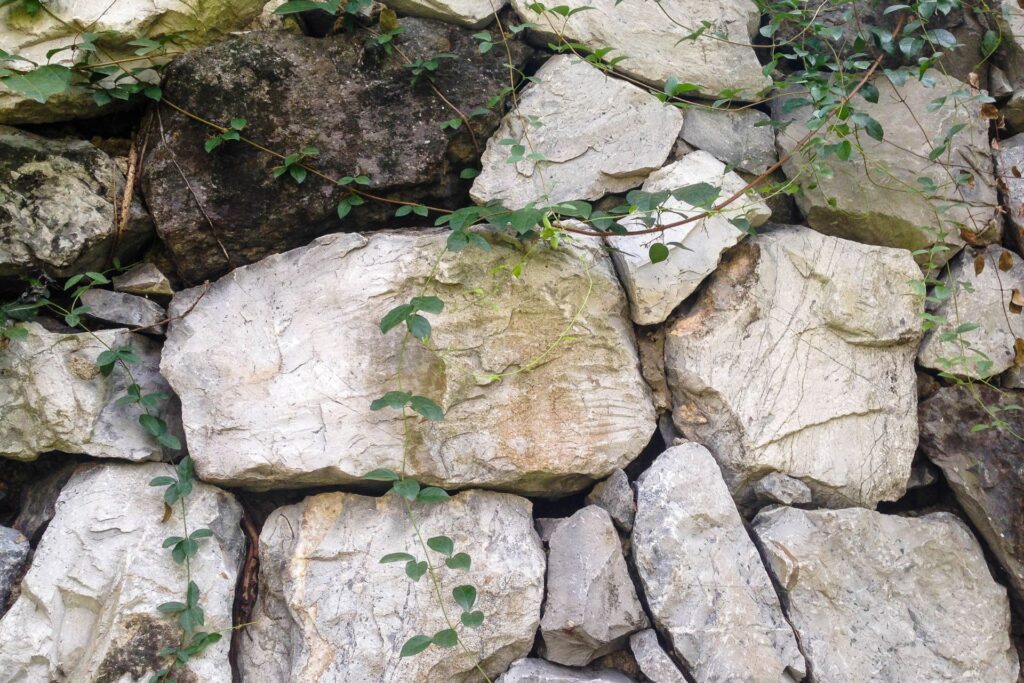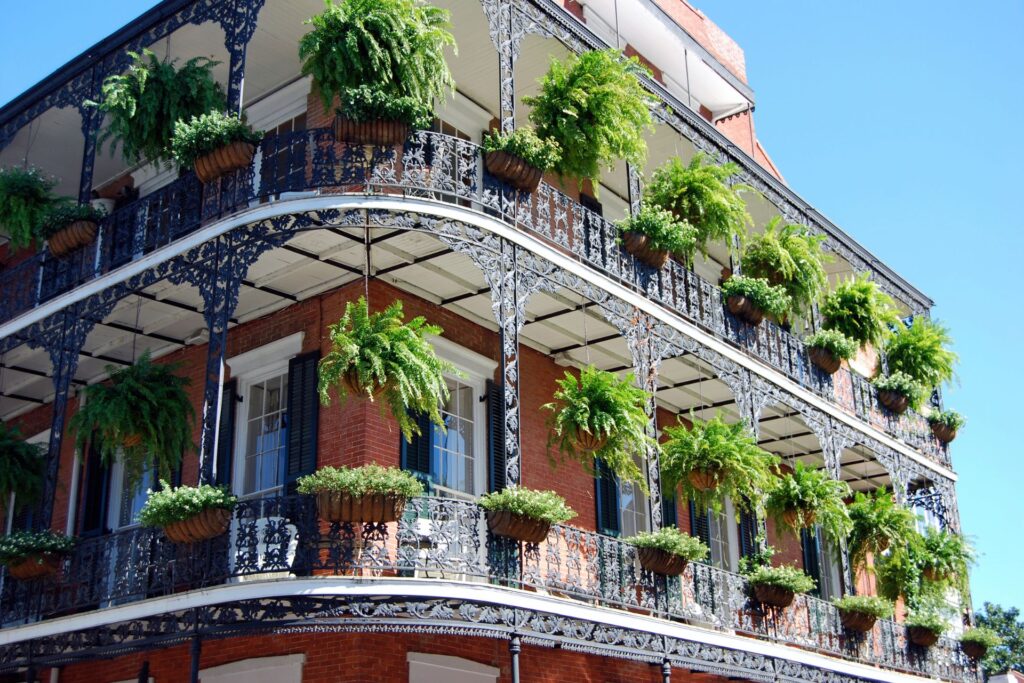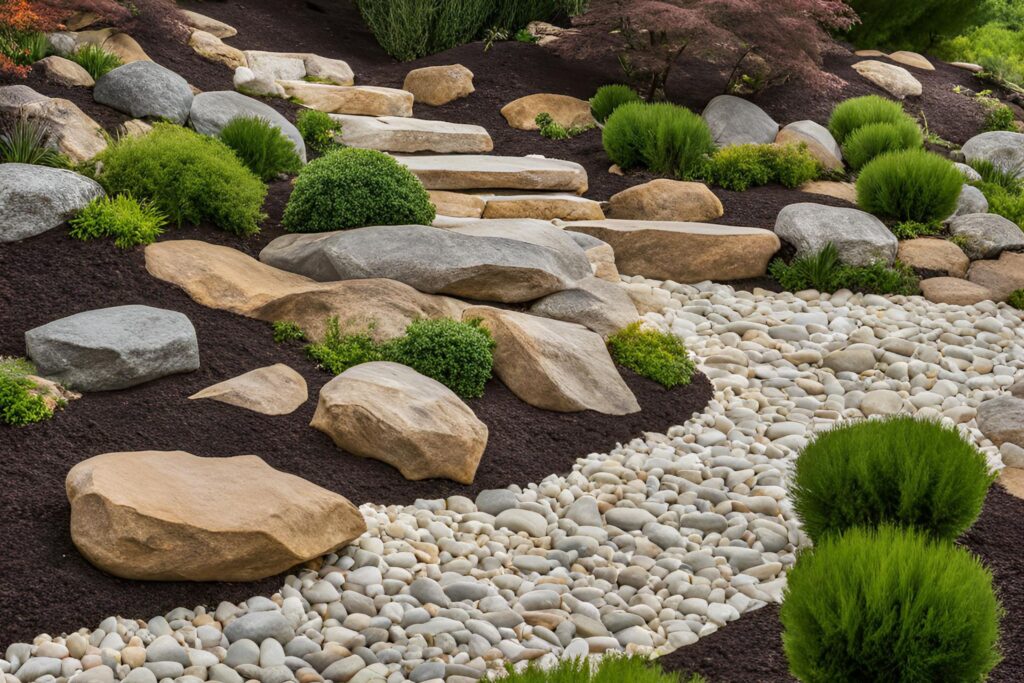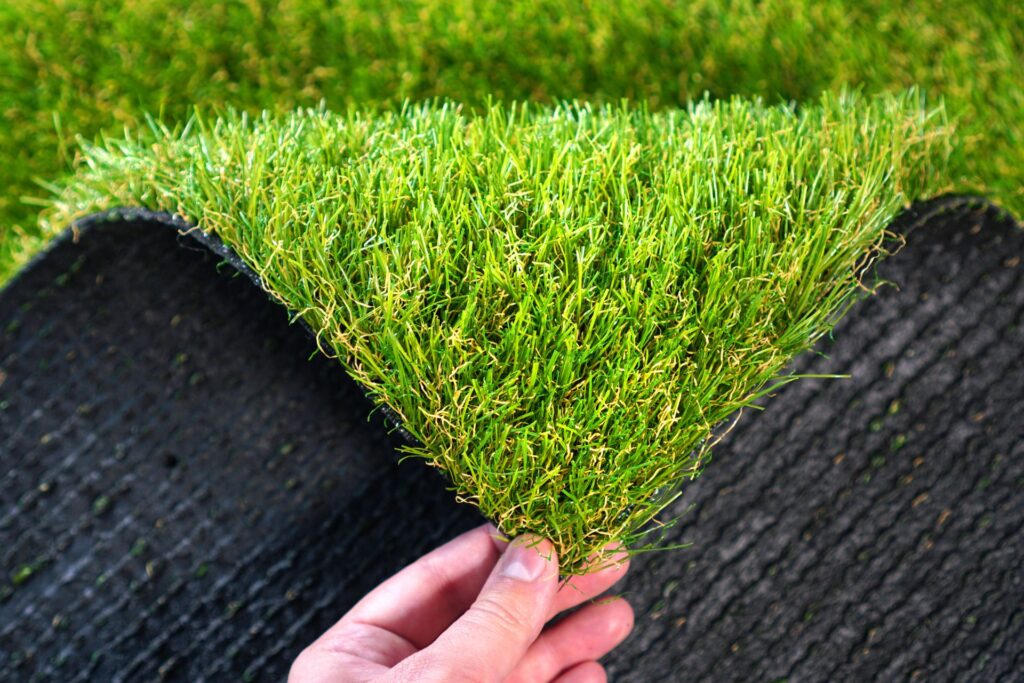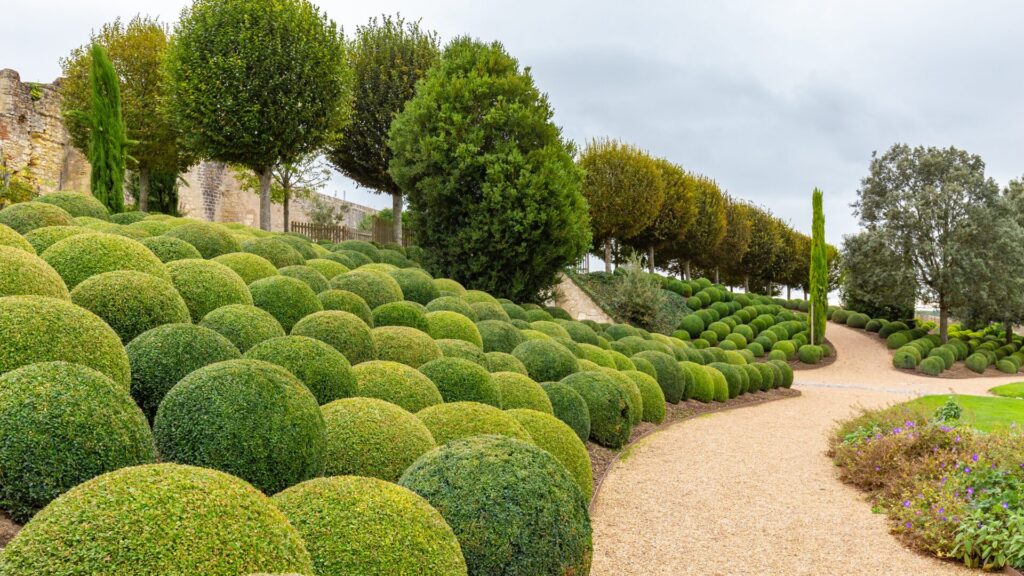Welcome to our guide on selecting the best trees for small gardens in New Zealand. If you’re challenged by limited space but still dream of adding greenery and perhaps some color to your garden, choosing the right trees is essential. In New Zealand, where the climate and soil conditions vary widely, it’s important to pick species that will not only thrive but also fit beautifully within your garden’s constraints. This post will explore various trees ideal for small spaces, from evergreens that provide year-round beauty to flowering trees that burst with color in the right season. Whether you’re a seasoned gardener or just starting to flex your green thumbs, this guide will provide you with all the information you need to make informed choices about which trees can bring your small garden to life without overwhelming it. Let’s dive into the world of compact and charming trees perfect for your unique space in New Zealand.
The best trees for small gardens in New Zealand include varieties that are both compact and rich in seasonal appeal. Consider the ‘Little Gem’ Southern Magnolia for lush, evergreen foliage year-round, or the Japanese Maple, which offers stunning foliage and is suitable for shaded areas. Flower enthusiasts might choose the Cherry Blossom for its spectacular spring blossoms, or the Crabapple, known for its vibrant flowers and decorative fruit. Native options like the Kōwhai, which attracts birds with its yellow flowers, and the Tītoki, known for its robustness and attractive berries, are excellent choices. Selecting trees based on their mature size, maintenance needs, and seasonal beauty ensures they will enhance your garden without overwhelming the space.
- Understanding The Climate And Soil Conditions In New Zealand
- Criteria For Selecting Trees For Small Gardens
- Top Trees For Small Gardens In New Zealand
- Planting And Care Tips
- Design Ideas For Small Gardens
- Common Pitfalls To Avoid
- FAQs About The Best Trees For Small Gardens NZ
- Conclusion
- Find A Landscaping Company Near You
Understanding The Climate And Soil Conditions In New Zealand
New Zealand, with its unique geographic layout, spans several climate zones, each influencing the local flora and fauna significantly. This diversity in climate zones, combined with a variety of soil types, plays a crucial role in determining the success of gardening and agricultural activities. In this guide, we delve into the essentials of New Zealand’s climate zones, soil composition, and practical tips on optimizing garden space and sunlight exposure.
Overview of New Zealand’s Diverse Climate Zones
New Zealand is split into several distinct climate zones that range from the subtropical north to the temperate south, with alpine conditions in the higher altitudes. Each of these zones presents unique challenges and opportunities for gardeners and agriculturists:
- Northern New Zealand experiences warm, humid summers and mild winters, making it suitable for a wide range of both tropical and temperate plants.
- The central and southern regions of the North Island and the northern regions of the South Island feature a temperate maritime climate with moderate rainfall and temperatures a prime area for growing fruit trees and traditional European crops.
- The inland areas of both islands can experience more extremes, with colder winters and hotter summers, impacting plant selection and growing strategies.
- Southern parts of the South Island have a cooler temperate climate, ideal for certain types of fruit like cherries and apples, as well as cold-hardy vegetables.
Understanding which climate zone your garden falls into is essential for selecting the right plants and planning planting schedules.
Discussing Soil Types and Their Impact on Tree Health and Growth
Soil type is another critical factor influencing gardening and agriculture in New Zealand. The country’s soils range from rich loams to heavy clays and sandy soils, each with its benefits and limitations:
Sandy soils: are quickly draining but can struggle to retain moisture and nutrients. They are excellent for plants that prefer drier conditions.
Clay soils: retain water and nutrients well but can become waterlogged and hard if not managed correctly, which can be mitigated with proper drainage and organic amendments.
Loamy soils: are considered ideal, providing a balanced environment with good moisture retention, drainage, and nutrient availability.
To determine the soil type in your garden, simple tests can be conducted using everyday tools like jars or commercially available test kits. Understanding your soil type helps tailor your gardening practices, such as watering, fertilizing, and choosing the right plants for your environment.
Tips on Assessing Garden Space and Sunlight Availability
Maximizing your garden’s potential involves assessing the available space and how much sunlight it receives, which are pivotal for plant health and productivity. Here are a few tips:
- Observe the sunlight patterns throughout the day to determine which areas receive full sun, partial shade, or full shade. Most fruiting plants require full sun, whereas some ornamentals and herbs may thrive in partial shade.
- Consider the microclimates within your garden, created by buildings, fences, and natural landforms, which can affect temperature and light availability.
- Plan your garden layout by placing taller plants and trees in positions where they won’t cast shade on shorter, sun-loving plants.
- Utilize vertical spaces with trellises and planting climbers to maximize both space and sunlight exposure.
Whether you’re a novice gardener or a seasoned agriculturist, understanding the climate and soil conditions specific to your region in New Zealand is crucial. By tailoring your practices to these environmental factors, you can enhance plant health, boost productivity, and enjoy a thriving garden.
Incorporating these insights into your gardening strategy will not only improve your success rate but also increase the sustainability and ecological compatibility of your garden practices.
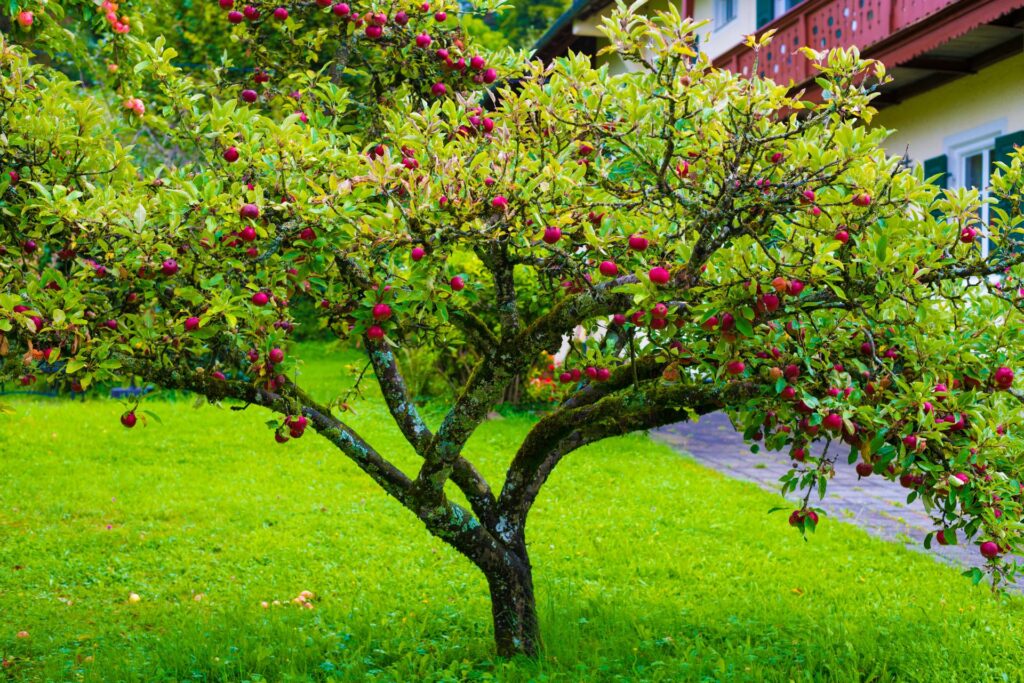
Criteria For Selecting Trees For Small Gardens
When choosing trees for small gardens, there are several critical factors to consider that can significantly impact both the beauty and functionality of your garden space. Selecting the right tree involves understanding its growth habits, root behavior, seasonal characteristics, and overall maintenance needs. Let’s delve into each of these aspects to help you make an informed decision.
Importance of Size (Mature Height and Spread)
One of the most crucial considerations when selecting a tree for a small garden is its size at maturity. It’s essential to know how tall and wide a tree will grow, as this affects not only the aesthetics of your garden but also its practicality. A tree that is too large can overwhelm the space, obstruct views, and may even become a hazard during storms. Conversely, a tree that is proportionate to your garden can enhance the landscape, provide shade, and improve the overall appeal without dominating the area. Always check the mature height and spread of a tree before planting to ensure it fits well within your space constraints.
Discuss Root Behavior to Avoid Future Issues with Structures and Pavements
The root system of a tree is just as important as its visible parts, especially in small gardens where space is limited. Some trees have aggressive roots that can damage foundations, pavements, and underground utilities. Before planting a new tree, research its root behavior to avoid these costly issues in the future. Opt for trees with less invasive root systems that are suitable for confined spaces and won’t compromise the integrity of nearby structures and hardscapes.
Importance of Seasonal Interest – Foliage, Flowers, and Fruit
Seasonal interest is another vital factor in the selection process. Trees that offer visual interest across different seasons can greatly enhance the appeal of your garden year-round. Consider trees that produce vibrant foliage in the fall, beautiful blossoms in the spring, and colorful fruit in the summer or winter. These features not only beautify your garden but also provide habitat and food for wildlife, adding an extra layer of interaction with nature.
Maintenance Requirements and Lifespan Considerations
Lastly, understanding the maintenance requirements and lifespan of a tree is essential. Some trees require frequent pruning, watering, and other care to stay healthy and look their best, which might not be ideal for everyone. Additionally, the lifespan of a tree can influence your garden’s design and functionality over the years. Selecting a tree with lower maintenance needs and a suitable lifespan for your gardening goals will ensure it remains a valuable part of your landscape for years to come.
By carefully considering these factors size, root behavior, seasonal interest, and maintenance requirements you can choose a tree that not only fits perfectly in your small garden but also enhances its beauty and functionality. This thoughtful approach to tree selection will help you create a more enjoyable and sustainable garden space.

Top Trees For Small Gardens In New Zealand
Gardening in smaller spaces requires a careful selection of trees that fit the spatial constraints while enhancing the aesthetic appeal and biodiversity of your garden. In New Zealand, a variety of trees can thrive in small garden settings, providing beauty and benefits throughout the seasons. This detailed guide explores some of the best trees for small gardens in New Zealand, categorized into evergreen, flowering, and native trees.
Evergreen Trees for Year-Round Beauty
Evergreen trees are a stellar choice for maintaining a lush garden look throughout the year. They retain their leaves during all seasons, which is ideal for creating privacy and greenery year-round.
Southern Magnolia (Magnolia grandiflora ‘Little Gem’): This is a compact version of the traditional Southern Magnolia. Ideal for small gardens, ‘Little Gem’ reaches about 20 feet tall at maturity and produces large, fragrant white flowers. Its small stature and dense, dark green foliage make it perfect for privacy screens or as a striking focal point.
Japanese Maple (Acer palmatum): Japanese Maples are prized for their beautiful leaf shapes and colors, ranging from deep burgundies to bright reds. They are particularly effective in shaded areas where their unique forms and colors can be highlighted. With varieties that stay relatively small, these trees are perfect for containers or as part of a serene woodland garden setup.
Flowering Trees to Brighten Your Garden
Flowering trees add a splash of color and can be a real showstopper during blooming seasons, making them ideal for enhancing the visual appeal of your garden.
Cherry Blossom (Prunus ‘Kojo-no-mai’): This slow-growing tree is known for its stunning display of delicate pink flowers in spring. Its compact growth habit makes it an excellent choice for smaller gardens where space is at a premium. Beyond its blooms, it offers seasonal interest with twisting branches that provide architectural beauty.
Crabapple (Malus floribunda): The Crabapple is another fantastic choice for small spaces. It produces a profusion of pink to white flowers in spring followed by small, ornamental fruits that can attract birds and wildlife. The tree also offers a striking autumn color making it a valuable addition to any small garden.
Native Choices for a Kiwi Garden
Incorporating native trees into your garden not only supports local wildlife and the ecosystem but also provides a connection to the natural heritage of New Zealand.
Kōwhai (Sophora microphylla): Known for its vibrant yellow flowers that attract birds, especially the native Tui, Kōwhai is an excellent choice for any garden. It has a relatively small and open habit, which makes it suitable for smaller spaces.
Tītoki (Alectryon excelsus): Tītoki is a sturdy native tree that grows up to 6 meters tall. It features glossy leaves and red berries that are highly attractive to birds. The tree’s compact form and attractive berries make it ideal for urban gardens looking to add a touch of native flora.
When selecting trees for your small garden in New Zealand, consider the overall maintenance, growth habits, and compatibility with your local climate and soil conditions. Whether you choose evergreen, flowering, or native species, the right trees can transform your small garden into a vibrant, peaceful retreat.

Planting And Care Tips
Planting trees in small spaces can transform your urban or limited garden area into a lush, green sanctuary. This detailed guide provides practical steps for planting trees, ensuring their health and growth, and discussing essential care routines throughout the seasons.
Step-by-Step Guide on Planting Trees in Small Spaces
1. Choosing the Right Tree: Before planting, select a tree species suitable for small spaces. Opt for dwarf or columnar varieties that grow upright and don’t spread too much. Consider the tree’s mature size and root behavior to avoid future issues with structures or underground utilities.
2. Soil Preparation: Preparing the soil is crucial for the healthy growth of your tree. Begin by testing the soil pH to determine if any amendments are needed to meet the specific requirements of your chosen tree. Enhance the soil with organic matter like compost to improve nutrient content and drainage.
3. Planting Depth and Positioning: Dig a hole that is twice as wide as the root ball but just as deep. Avoid planting the tree too deep ensure the top of the root ball is level with or slightly above the surrounding soil surface. This prevents water pooling and root rot.
4. Watering Needs: After planting, water your tree thoroughly to settle the soil around the root ball. For the first few weeks, keep the soil consistently moist but not waterlogged. Establishing a routine watering schedule depends on your climate and soil type, but generally, a deep, weekly watering helps encourage deep root growth.
Seasonal Care for Trees in Small Spaces
Pruning: Prune your trees during the dormant season to shape them and remove any dead or diseased branches. This helps the tree direct its energy to the most vigorous parts, promoting healthy growth and flowering.
Mulching: Apply a layer of organic mulch around the base of your tree, extending out to the drip line. Mulch helps retain soil moisture, suppress weeds, and regulate soil temperature. Be sure to keep the mulch a few inches away from the tree trunk to avoid moisture-related diseases.
Fertilizing: Feed your tree with a balanced fertilizer in early spring to kickstart growth. Use a slow-release formula to provide steady nutrients throughout the growing season. Avoid over-fertilizing, which can lead to poor growth and increased susceptibility to diseases and pests.
Seasonal Adjustments: Adjust your care routine based on the season. Increase watering during dry spells in the summer, and prepare your trees for winter by ensuring they are healthy and well-mulched to withstand cold temperatures.
By following these guidelines, you can successfully plant and nurture trees in small spaces, enhancing your environment and improving air quality. Regular care tailored to the needs of your specific tree species and local climate conditions will ensure your green investments thrive for years to come.

Design Ideas For Small Gardens
Creating a stunning garden within a limited space can seem challenging, but with the right design strategies, even the smallest gardens can be transformed into a lush, multi-dimensional oasis. This section focuses on leveraging vertical space and strategic plant combinations to maximize aesthetic appeal and functionality. Here’s a detailed look at how to effectively utilize design ideas for small gardens.
Utilizing Vertical Space with Small Trees
One of the most effective ways to enhance a small garden is by incorporating small trees. Trees such as Japanese Maples, Crabapples, or ornamental cherries are perfect because of their manageable size and beautiful structure. When selecting trees, consider those that offer year-round interest such as flowering in spring, attractive leaves in summer, and vibrant colors in autumn.
The key to using vertical space is to draw the eye upward. This not only makes the space feel larger but also adds a layer of depth that flat, horizontal gardens often lack. Plant trees in decorative pots or directly in the ground, positioning them so they are visible from key viewing points like windows or seating areas.
Creating Layers with Trees, Shrubs, and Perennials
Layering is a technique used by professional landscapers to create an illusion of abundance and depth. Start with trees as the highest layer, add shrubs in the middle, and complete the look with perennials at the ground level. This method helps in making the garden look fuller and more vibrant.
For example, underplanting a small tree with shade-tolerant shrubs like Hydrangeas and then adding a layer of perennials such as Hostas or Ferns can create a lush, tiered garden. Each layer should complement the others in terms of color, texture, and blooming period to maintain continuous interest throughout the seasons.
Creative Positioning of Trees for Enhanced Aesthetics
The placement of trees in your garden can dramatically affect how the space is perceived. Think about positioning small trees as focal points, perhaps framing a view from a patio door or serving as a natural privacy screen. Trees can also be used to direct the flow of the garden, guiding the eye along a path or towards a specific feature.
Incorporating asymmetry in your design by placing trees off-center can add a dynamic and modern feel to the garden. Additionally, consider the shadow cast by the trees and how it plays with the light throughout the day, creating moving art on your garden canvas.
In closing, small gardens present a unique opportunity to get creative with space and design. By focusing on vertical layering and thoughtful positioning of trees and plants, even the most compact spaces can be turned into captivating landscapes. Remember, the goal is to create a garden that feels both spacious and intimate, a place where you can enjoy nature’s beauty up close. Whether you are an amateur gardener or a seasoned green thumb, these design ideas can help you make the most of your small garden area. This approach not only maximizes the use of space but also enhances the overall aesthetics of your garden, making it a delightful extension of your home.
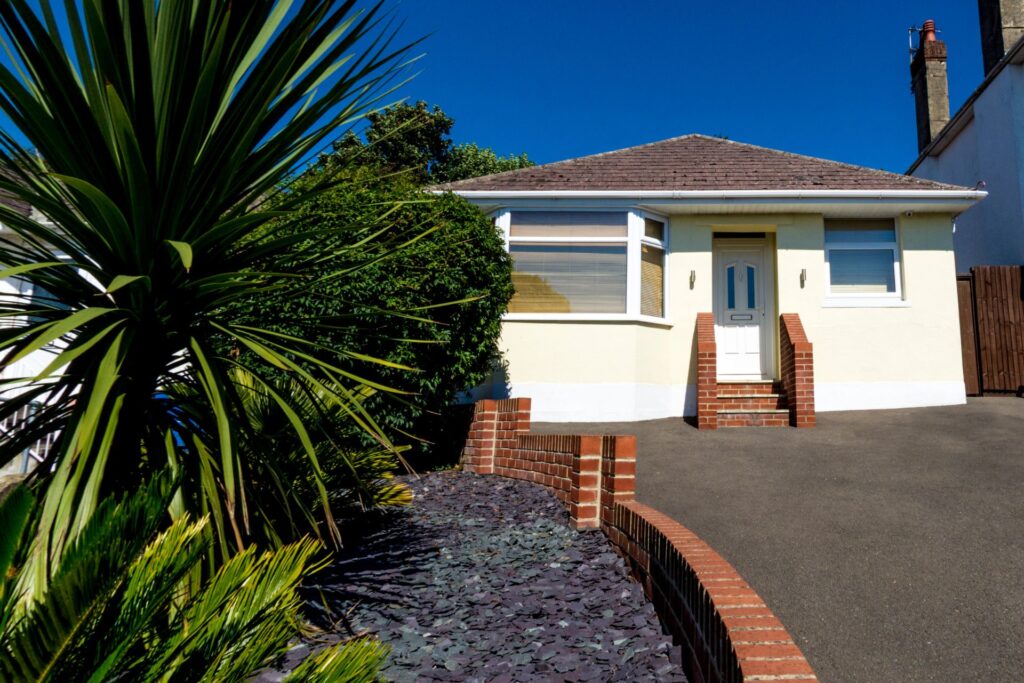
Common Pitfalls To Avoid
Gardening can be a rewarding hobby and a fruitful endeavor if approached with the right knowledge and strategies. However, even the most enthusiastic gardeners can encounter setbacks if they’re not careful. In this guide, we will delve into some common gardening pitfalls and provide practical advice to help you cultivate a thriving garden.
1. Overcrowding: The Risks and How to Avoid It
What is Overcrowding?
Overcrowding occurs when plants are positioned too closely together. This can lead to a myriad of issues, primarily because plants compete for limited resources such as sunlight, water, and nutrients. Overcrowded plants are often weaker and more susceptible to diseases and pests.
How to Avoid Overcrowding
To prevent overcrowding, it’s crucial to understand the space requirements of each plant species you intend to grow. Here are some tips:
Read Plant Tags and Seed Packets: These often provide information on how far apart plants should be spaced.
Plan Your Garden Layout: Consider the mature size of the plants, not just their size when you plant them.
Prune Regularly: This helps manage growth and ensures plants have enough room to thrive.
2. Neglecting to Consider Future Growth: Tips for Planning Ahead
Why is Planning for Future Growth Important?
Plants grow sometimes beyond our expectations. Failure to plan for the growth of your plants can lead to overcrowding and the need for future transplanting which can stress the plants.
Tips for Planning Ahead
Understand Plant Growth Patterns: Some plants grow upwards, others spread outwards. Know the habits of the plants in your garden.
Allow for Expansion: When designing your garden layout, leave space for plants to grow comfortably.
Be Flexible with Transplanting: Be prepared to move plants as they grow larger than expected to prevent congestion.
3. Ignoring Disease and Pest-Resistant Varieties
The Importance of Choosing Resistant Varieties
Opting for disease and pest-resistant plant varieties can drastically reduce the amount of maintenance your garden requires. These varieties are bred to withstand common threats and can lead to a healthier, more robust garden.
How to Choose Resistant Varieties
Research Before You Buy: Look for varieties described as resistant to specific pests and diseases common in your area.
Consult Local Experts: Local nurseries and agricultural extensions are great resources for finding out what works best in your region.
Trial and Error: Sometimes, the best way to know what works in your garden is through experimentation.
By avoiding these common pitfalls overcrowding, neglecting future growth, and ignoring resistant varieties you set the stage for a healthy and sustainable garden. Remember, successful gardening is a journey, not a race. Take your time to plan, learn from experiences, and most importantly, enjoy the process. This comprehensive approach not only helps in averting common gardening mistakes but also enhances your gardening experience, making it more fulfilling and less frustrating. Happy gardening!
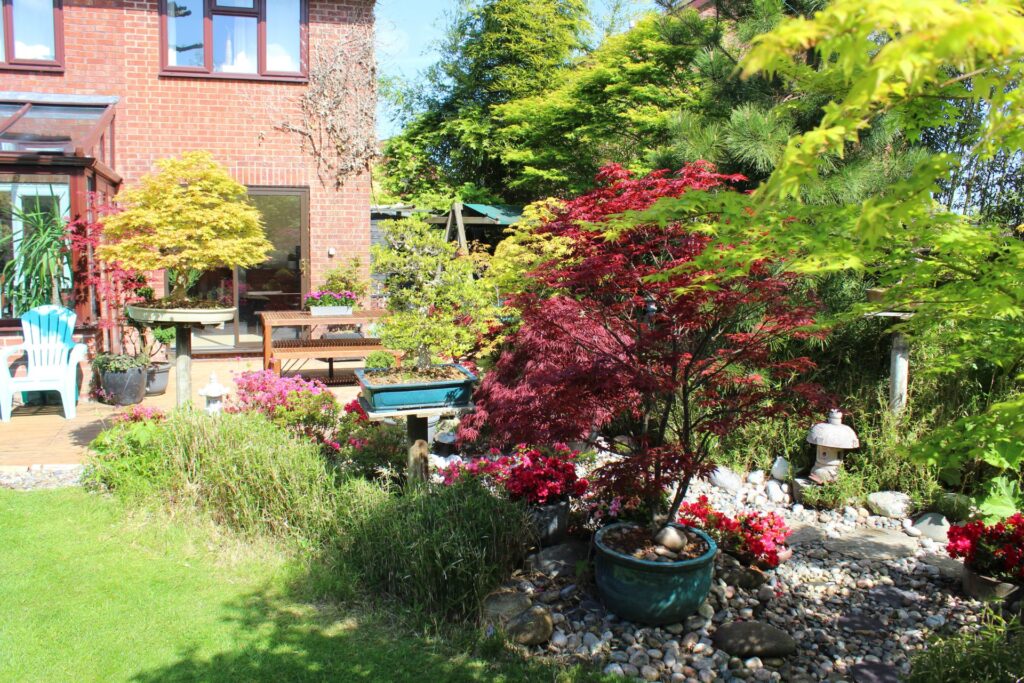
FAQs About The Best Trees For Small Gardens NZ
Conclusion
Selecting the right tree for small spaces in New Zealand enhances both garden aesthetics and environmental sustainability. Opting for species that thrive in local conditions, such as the Chatham Island Forget-me-not or the vibrant Kowhai, can transform a compact area into a lush retreat that improves air quality and supports local wildlife. Gardening is also a form of personal expression, offering an opportunity to experiment with various designs and tree types to create a unique, personal space. Whether it’s a native tree that blooms beautifully or a layout that turns a garden into a sanctuary, each choice reflects an individual style and a commitment to nurturing a greener environment. Embrace creativity in your garden design to make your small space a testament to both nature conservation and personal expression.
Find A Landscaping Company Near You
- Landscaping Auckland
- Landscaping Kapiti
- Landscaping Levin
- Landscaping Porirua
- Landscaping Upper Hutt
- Landscaping Wellington
About the Author:
Mike Veail is a recognized digital marketing expert with over 6 years of experience in helping tradespeople and small businesses thrive online. A former quantity surveyor, Mike combines deep industry knowledge with hands-on expertise in SEO and Google Ads. His marketing strategies are tailored to the specific needs of the trades sector, helping businesses increase visibility and generate more leads through proven, ethical methods.
Mike has successfully partnered with numerous companies, establishing a track record of delivering measurable results. His work has been featured across various platforms that showcase his expertise in lead generation and online marketing for the trades sector.
Learn more about Mike's experience and services at https://theleadguy.online or follow him on social media:


